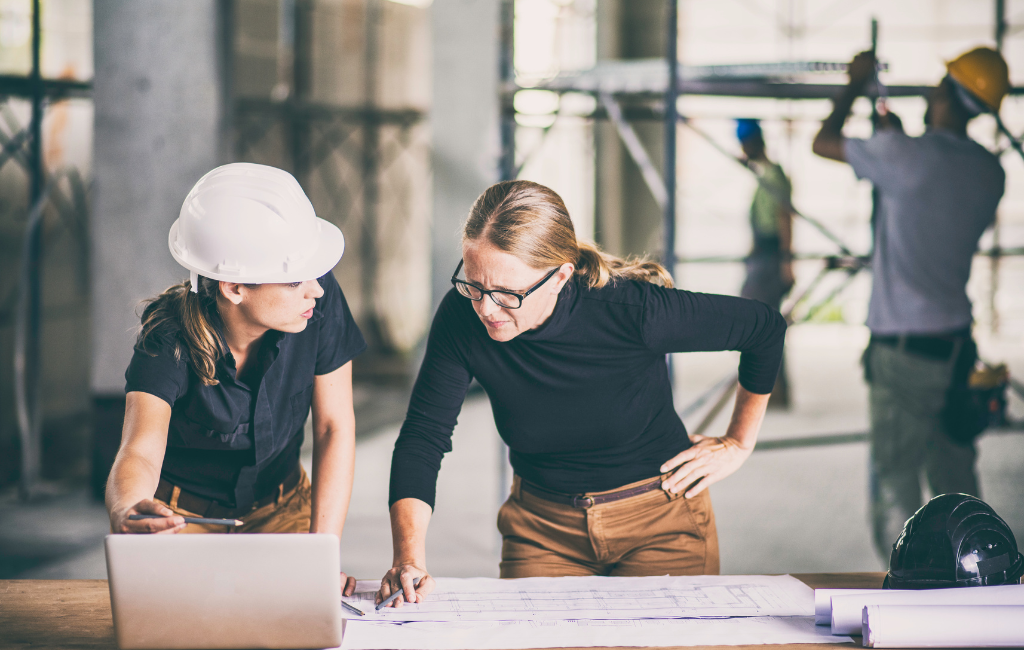Architect Insights for Sustainable Living
As the world grapples with climate change and environmental degradation, sustainable living has become a focal point for architects and urban planners. The built environment plays a significant role in shaping our ecological footprint, and architects are at the forefront of designing spaces that promote sustainability. This article explores various insights from architects on how to achieve sustainable living through innovative design and thoughtful planning.
Understanding Sustainable Architecture
Sustainable architecture aims to minimize the negative environmental impact of buildings by enhancing efficiency and moderation in the use of materials, energy, and development space. This approach not only benefits the environment but also improves the quality of life for occupants.
Key Principles of Sustainable Architecture
- Energy Efficiency: Utilizing renewable energy sources and improving insulation to reduce energy consumption.
- Water Conservation: Implementing systems for rainwater harvesting and greywater recycling.
- Material Selection: Choosing sustainable, non-toxic, and locally sourced materials.
- Waste Reduction: Designing for minimal waste production and promoting recycling and composting.
- Indoor Environmental Quality: Ensuring good air quality, natural lighting, and thermal comfort.
Innovative Design Strategies
Architects employ various innovative design strategies to create sustainable living spaces. These strategies not only address environmental concerns but also enhance the aesthetic and functional aspects of buildings.
Passive Solar Design
Passive solar design involves orienting buildings to maximize natural light and heat from the sun. This reduces the need for artificial lighting and heating, thereby lowering energy consumption. Features such as large south-facing windows, thermal mass materials, and shading devices are commonly used in passive solar design.
Green Roofs and Walls
Green roofs and walls are covered with vegetation, which helps in reducing the urban heat island effect, improving air quality, and providing insulation. These features also create habitats for wildlife and enhance the aesthetic appeal of buildings.
Smart Building Technologies
Smart building technologies, such as automated lighting, heating, and cooling systems, help in optimizing energy use. These systems can be controlled remotely and adjusted based on occupancy and weather conditions, leading to significant energy savings.
Case Studies in Sustainable Architecture
Several buildings around the world exemplify the principles of sustainable architecture. These case studies provide valuable insights into the practical application of sustainable design strategies.
One Central Park, Sydney
One Central Park in Sydney, Australia, is a mixed-use development that features vertical gardens, a heliostat to reflect sunlight, and a tri-generation plant for energy efficiency. The building has received numerous awards for its innovative design and sustainability features.
Bullitt Center, Seattle
The Bullitt Center in Seattle, USA, is often referred to as the greenest commercial building in the world. It features a rooftop solar array, rainwater harvesting system, composting toilets, and a highly efficient building envelope. The building is designed to be net-zero energy and water, setting a benchmark for sustainable commercial buildings.
BedZED, London
The Beddington Zero Energy Development (BedZED) in London, UK, is a pioneering eco-village that incorporates energy-efficient homes, renewable energy sources, and sustainable transport solutions. The development has significantly reduced its carbon footprint and serves as a model for future sustainable communities.
The Role of Architects in Promoting Sustainable Living
Architects play a crucial role in promoting sustainable living by advocating for environmentally responsible design practices and educating clients and communities about the benefits of sustainability.
Advocacy and Education
Architects can influence policy and regulations by advocating for sustainable building codes and standards. They can also educate clients about the long-term benefits of sustainable design, such as reduced energy costs, improved health, and increased property value.
Collaboration and Innovation
Collaboration with other professionals, such as engineers, urban planners, and environmental scientists, is essential for developing innovative solutions to sustainability challenges. Architects must stay abreast of the latest technologies and materials to incorporate them into their designs effectively.
Challenges and Opportunities
While there are numerous benefits to sustainable architecture, there are also challenges that need to be addressed. These include higher upfront costs, regulatory hurdles, and the need for greater public awareness and acceptance.
Overcoming Cost Barriers
Although sustainable buildings may have higher initial costs, they often result in long-term savings through reduced energy and maintenance expenses. Financial incentives, such as tax credits and grants, can also help offset these costs.
Regulatory Support
Supportive regulations and policies are essential for promoting sustainable architecture. Governments can play a key role by implementing green building standards, providing incentives for sustainable development, and investing in research and development.
Raising Awareness
Public awareness and acceptance of sustainable living are critical for its widespread adoption. Architects can contribute by showcasing successful projects, participating in public forums, and engaging with communities to demonstrate the benefits of sustainable design.
Conclusion
Sustainable living is an imperative that requires concerted efforts from architects, policymakers, and the public. By embracing innovative design strategies, advocating for supportive regulations, and raising awareness, architects can lead the way in creating a more sustainable future. The examples and insights provided in this article highlight the potential of sustainable architecture to transform our built environment and improve our quality of life.
